2025 Honda Accord Vs. 2025 Hyundai Sonata: 5 Major Differences originally appeared on Autoblog.
The Toyota Camry is such a dominant force in the midsize sedan segment that it can be all too easy to overlook the competition, which would be a shame. Among the Camry’s competitors, the Honda Accord and Hyundai Sonata are two of the best. Both deliver practical, efficient motoring with enough tech to keep the kids happy and enough safety features to appease the parents. But they also go about their duties in unique ways. Here are five of the main differences between the 2025 versions of the Accord and Sonata.
Related: 2026 Toyota Camry Vs. 2026 Kia K5: 5 Major Differences
1. Design: Conservative Vs. Futuristic
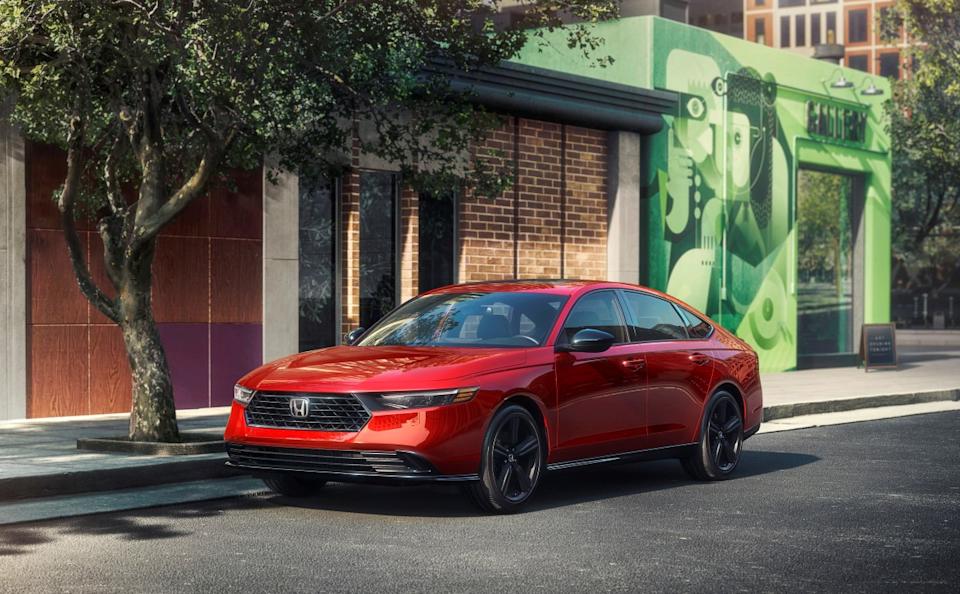
View the 4 images of this gallery on the original article
While the latest Honda Accord took a more premium but less adventurous styling route than its predecessor, the Hyundai Sonata is one of the most boldly styled sedans in its class. Both cars share a fastback-style sloping roofline, but that’s where the similarities begin and end.
The Honda has a traditional-looking grille and slim headlights, whereas the Sonata dons a much larger grille section and hidden headlight clusters. Above this, the Sonata gets ultra-slim daytime running lights that lend the sedan a futuristic air.
Both have full-width light bars stretching across the rear, but here again, Hyundai takes more risks. The Korean has a sporty spoiler and edgier lines around the rear fenders. The Honda is less polarizing, but the Hyundai is more interesting to look at. The sporty Sonata N Line also has an aggression about it that no version of the Accord does.
In terms of size, the two cars are almost identical in width, but the Accord is longer and taller. As we’ll see, this has quite an effect on rear-seat space.
2. Completely Different Transmission Options
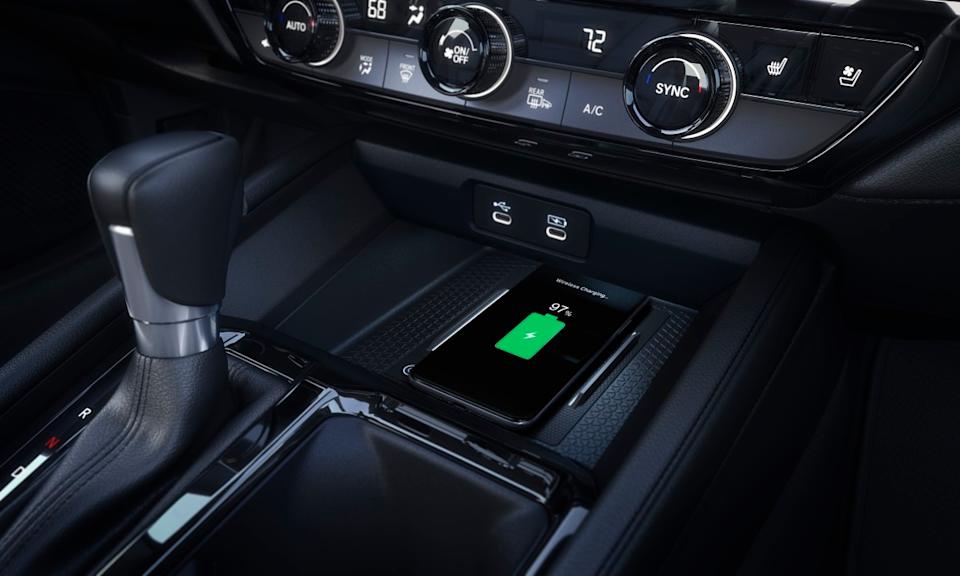
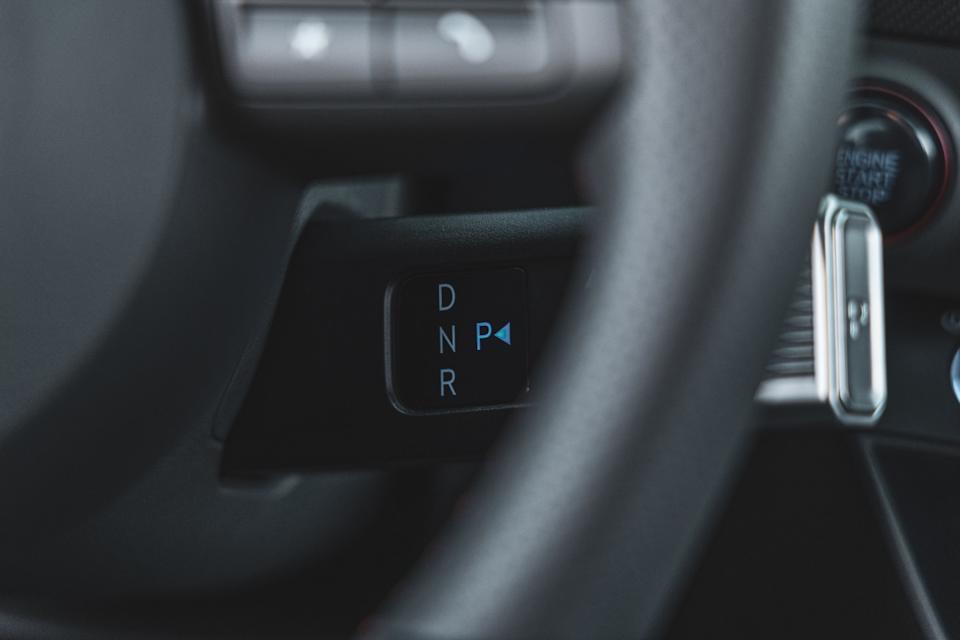
Honda has been a proponent of continuously variable transmissions for many years now, using it in multiple models. All gas-powered Accords have a CVT, and although more refined than the CR-V, the turbo-four and transmission combination are still a little coarse-sounding at times. Non-hybrid Sonatas, meanwhile, stick with a conventional and smooth eight-speed automatic, which some will prefer. If you go for the sporty N Line, you get an eight-speed dual-clutch automatic.
The hybrids of both sedans are also quite different. The Accord Hybrid doesn’t have a conventional transmission at all. Instead, it features an electric propulsion motor that directly powers the wheels most of the time. Much like a range-extender EV, the 2.0-liter engine doesn’t power the wheels directly. Instead, it drives the generator, helping to supply power to the battery. In certain conditions, the gas engine does power the wheels, such as by contributing added torque at highway speeds. Although it sounds complicated, it all works seamlessly, and the dreaded CVT drone is eliminated.
For its Sonata Hybrid, Hyundai uses a conventional six-speed automatic, which makes it feel closer to a normal automatic car with only gas power.
It’s worth noting that while both get standard front-wheel drive, only the Hyundai can be equipped with all-wheel drive.
3. Honda Has No Answer To The Sonata N Line
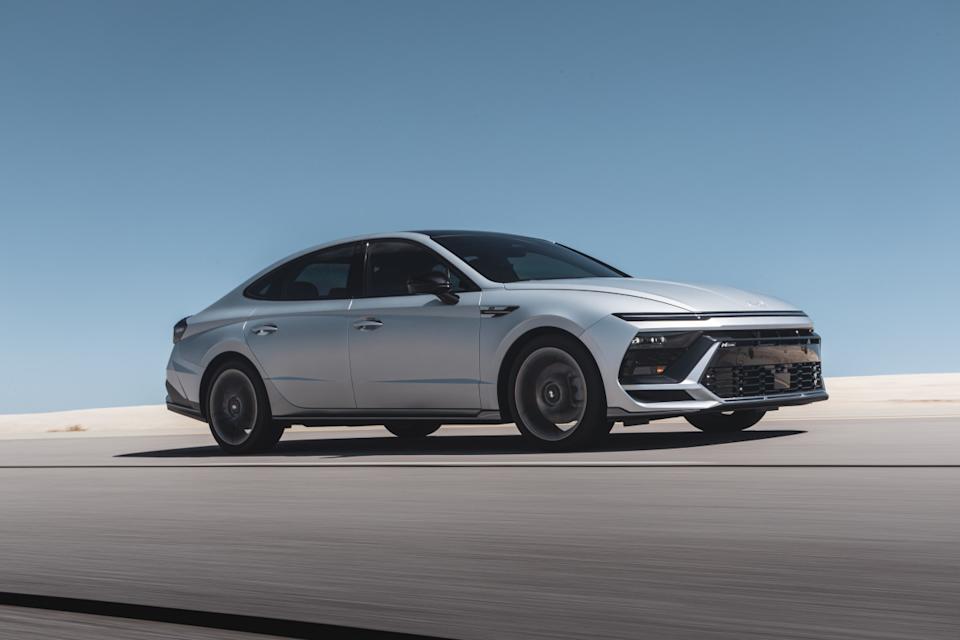
View the 3 images of this gallery on the original article
Honda’s gas-only accord makes 191 horsepower and 192 lb-ft of torque from a 1.5-liter turbocharged four-cylinder engine, whereas the hybrid produces 204 hp combined. Hyundai’s base engine choice is a 2.5-liter naturally aspirated four-cylinder with 191 hp and 181 lb-ft, while the hybrid makes 192 hp combined.
While the powertrains above are fairly closely matched in terms of performance, Honda chose not to sell a hotter version of the Accord for the current generation, whereas Hyundai’s Sonata N Line has 2.5-liter turbo-four with 290 hp and 311 lb-ft. With a 0-60 time in the mid-five-second range, the Sonata N Line will embarrass any Accord off the mark.
Related: New Hyundai Sonata Is Coming For The Toyota Camry With Radical Design And Smart Tech
4. Other Than The Sonata N, The Accord Is Better To Drive
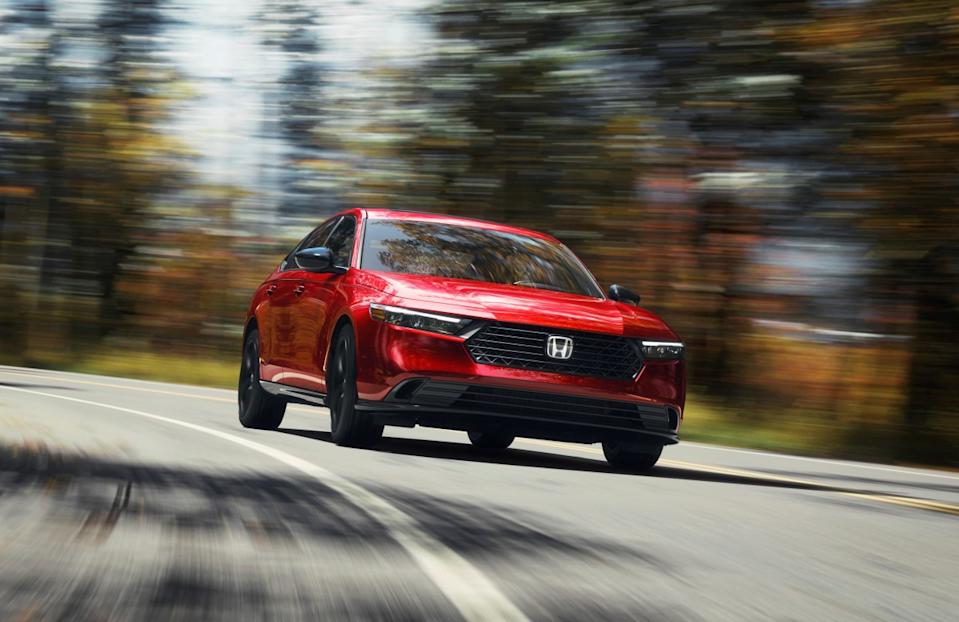
Despite not having a properly powerful version of the Accord, it’s the Honda that has a better ride and handling balance. The steering is accurate and well-weighted, yet the Accord has a supple ride that deals well with harsh surfaces. This is still a fun sedan to hustle through a series of acute curves, even if neither powertrain has truly exciting power.
When we reviewed the Sonata, we said that it isn’t far behind the Accord in its athleticism. The steering is responsive enough and the ride is comfortable, but the Accord is still the driver’s choice in this class. If only the Accord had a sportier, more powerful version that could truly exploit the talents of its chassis.
5. The Honda Is Much Better For Rear-Seat Passengers
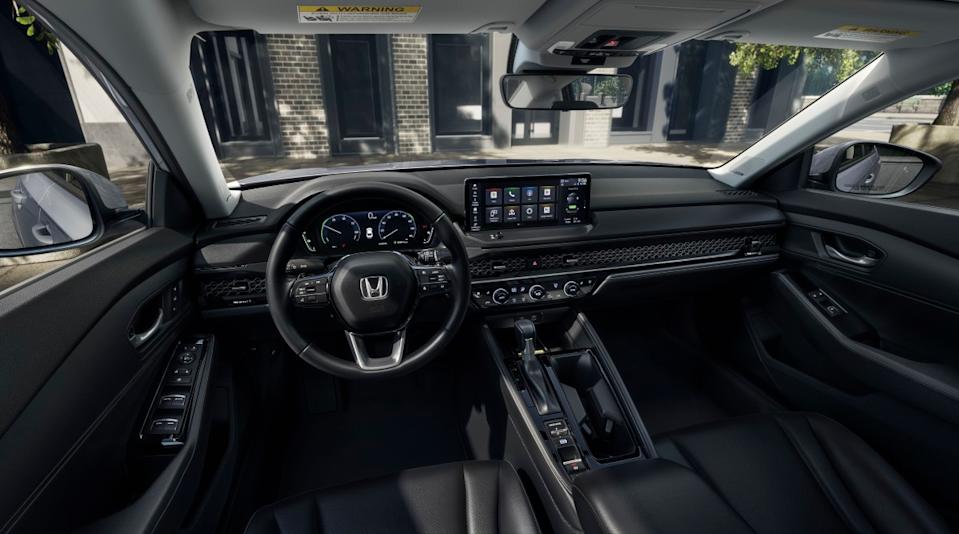
View the 4 images of this gallery on the original article
There is little to rival the Honda Accord for space utilization. The front seats are roomy, and rear legroom is exceptional, with an SUV-like 40.8 inches so even taller passengers can get comfortable. At 37.3 inches, rear headroom isn’t quite as generous, but still adequate.
The Sonata’s 34.8 inches of rear legroom doesn’t come close to the Accord’s, but we wouldn’t call it cramped. The Hyundai also has a little more rear headroom, especially if a sunroof isn’t equipped.
In the trunk, the Honda also leads the way with 16.7 cubic feet of space. Disappointingly, the base Accord’s rear seatback folds forward in one piece, which is inconvenient if you want to transport a longer item and one or two rear passengers at the same time. All other trims get a 60/40 split-folding rear seat, as do all Hyundai Sonata trims.
Final Thoughts
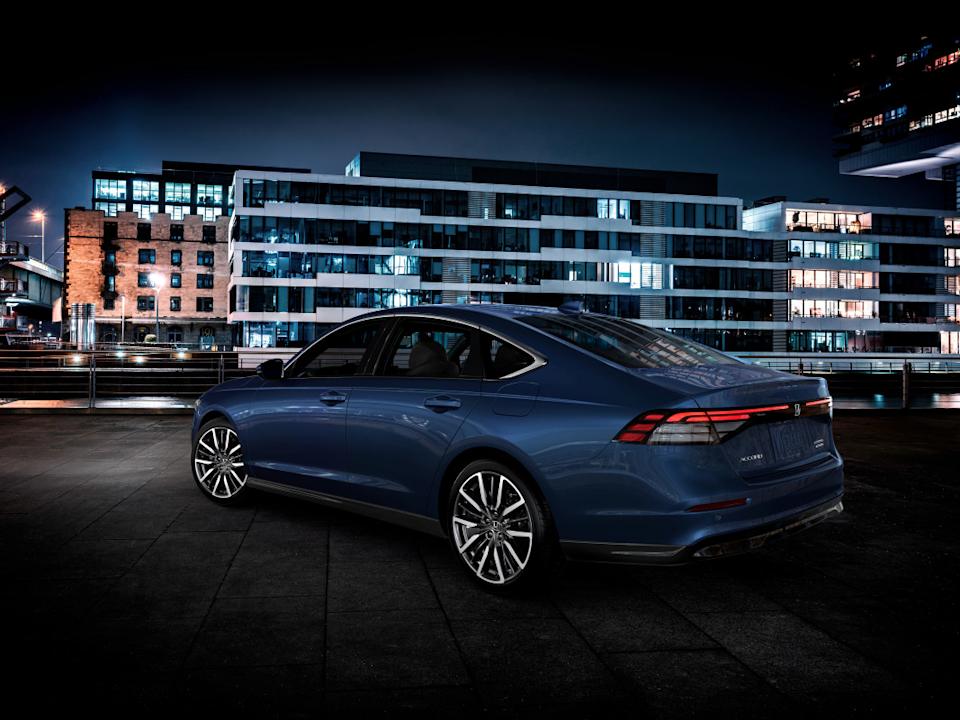
View the 2 images of this gallery on the original article
The Honda Accord is as sensible as midsize sedans get. It has two efficient powertrains and a well-earned reputation for longevity. Interior space is excellent and there is nothing remotely gimmicky about the controls or overall design. Yet, despite its utterly rational comportment, it’s still enjoyable to drive.
The Hyundai Sonata perhaps isn’t as polished as the well-rounded Accord, but it has a spark that’s missing from the Honda. Inside and out, the Sonata is more interesting to look at. Its available N Line derivative easily dusts the Accord, and this model even gets a snappy dual-clutch automatic. In most of the areas where the Accord leads, such as ride and handling, the Sonata isn’t far behind.
Pricing should also be mentioned, as the Sonata starts at a wallet-friendly $26,900. You’ll pay $28,295 for the base Accord, and even the powerful N Line is cheaper than the top Accords.
If you have older kids and need a comfortable and dependable daily driver, the Honda edges it. But if you can live with a little less space, we’d definitely recommend giving the Hyundai a look.
2025 Honda Accord Vs. 2025 Hyundai Sonata: 5 Major Differences first appeared on Autoblog on Aug 17, 2025
This story was originally reported by Autoblog on Aug 17, 2025, where it first appeared.
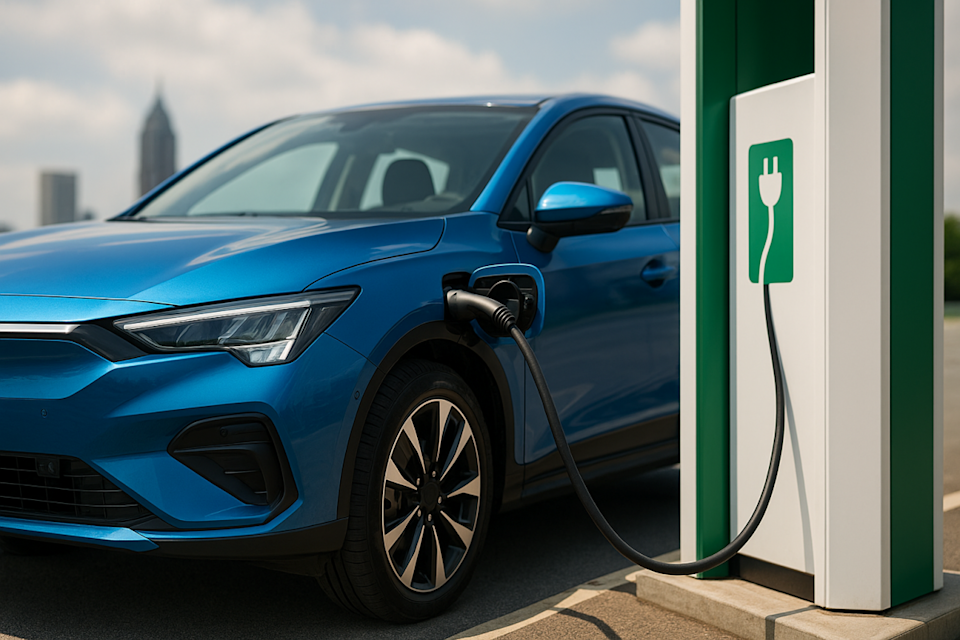

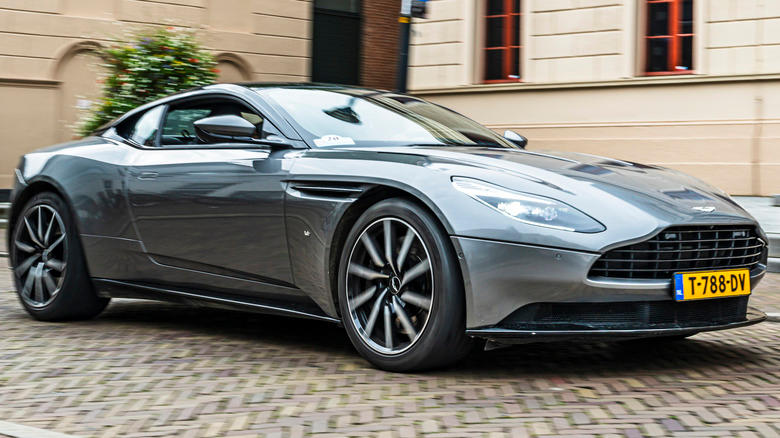


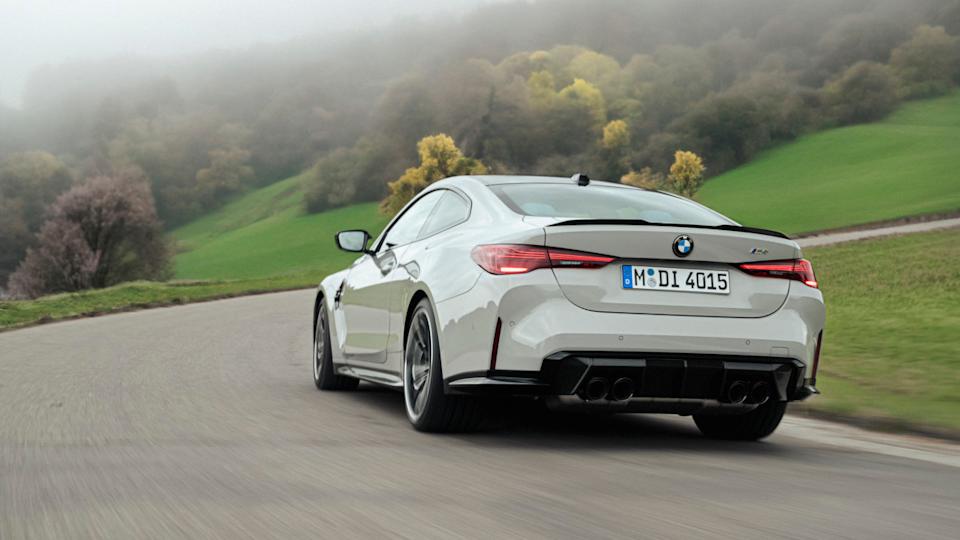

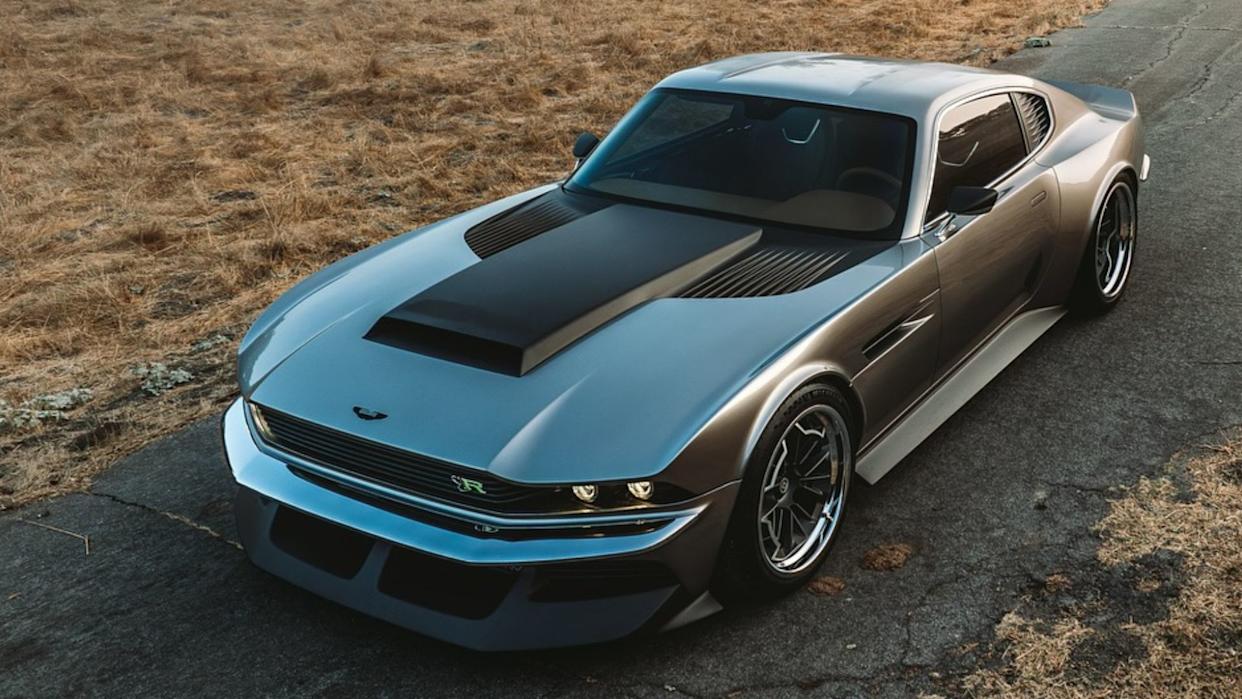
Comments